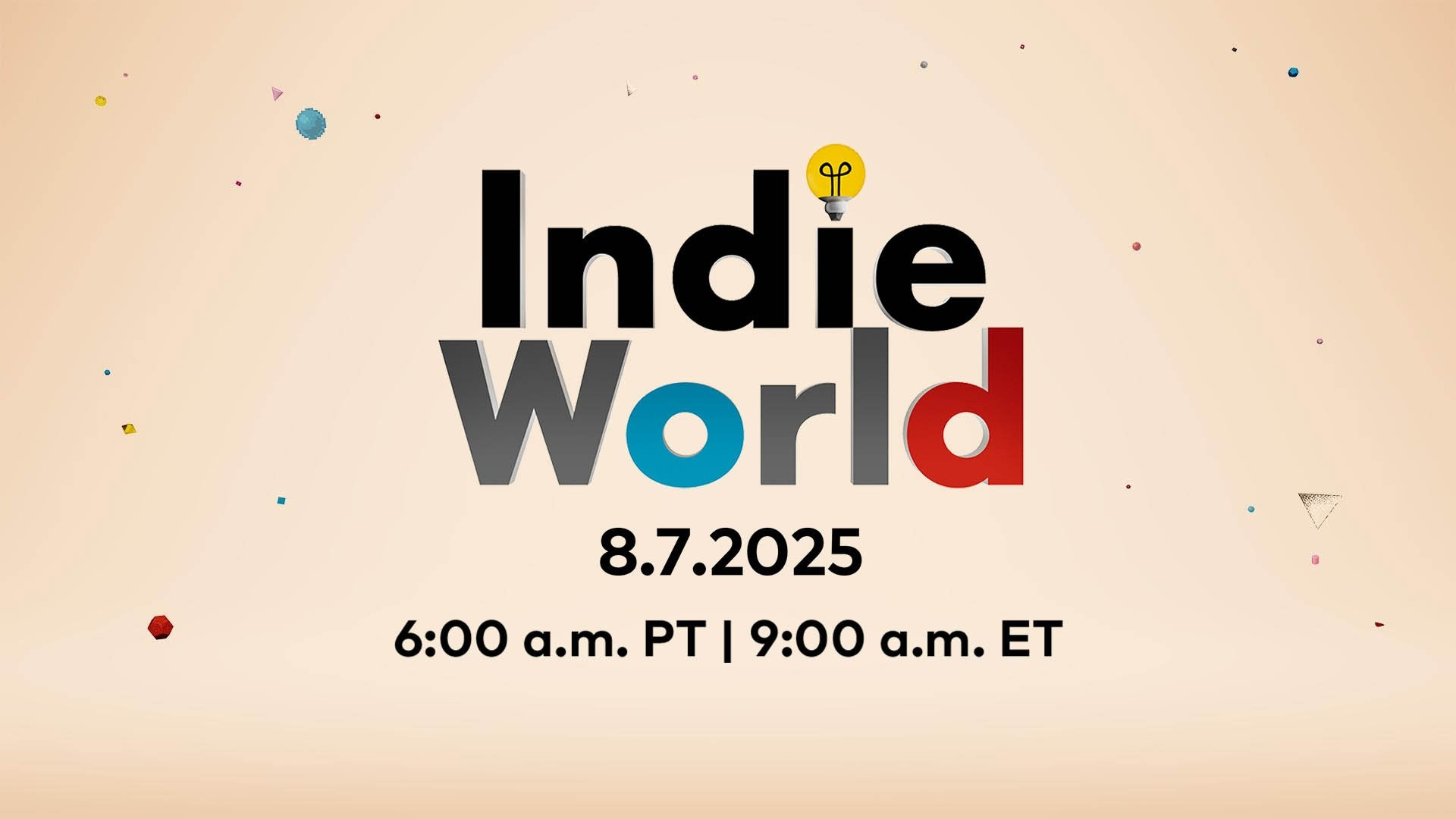Ah, California! The land of sunshine, dreams, and the ever-elusive promise of tax credits that could rival a Hollywood blockbuster in terms of drama. Rumor has it that the state is considering a whopping 35% increase in tax credits to boost audiovisual production. Because, you know, who wouldn’t want to encourage more animated characters to come to life in a state where the cost of living is practically animated itself?
Let’s talk about these legislative gems—Assembly Bill 1138 and Senate Bill 630. Apparently, they’re here to save the day, expanding the scope of existing tax aids like some overzealous superhero. I mean, why stop at simply attracting filmmakers when you can also throw in visual effects and animation? It’s like giving a kid a whole candy store instead of a single lollipop. Who can say no to that?
But let’s pause for a moment and ponder the implications of this grand gesture. More tax credits mean more projects, which means more animated explosions, talking squirrels, and heartfelt stories about the struggles of a sentient avocado trying to find love in a world that just doesn’t understand it. Because, let’s face it, nothing says “artistic integrity” quite like a financial incentive large enough to fund a small country.
And what do we have to thank for this potential windfall? Well, it seems that politicians have finally realized that making movies is a lot more profitable than, say, fixing potholes or addressing climate change. Who knew? Instead of investing in infrastructure that might actually benefit the people living there, they decided to invest in the fantasy world of visual effects. Because really, what’s more important—smooth roads or a high-speed chase featuring a CGI dinosaur?
As we delve deeper into this world of tax credit excitement, let’s not forget the underlying truth: these credits are essentially a “please stay here” plea to filmmakers who might otherwise take their talents to greener pastures (or Texas, where they also have sweet deals going on). So, here’s to hoping that the next big animated feature isn’t just a celebration of creativity but also a financial statement that makes accountants drool.
So get ready, folks! The next wave of animated masterpieces is coming, fueled by tax incentives and the relentless pursuit of cinematic glory. Who doesn’t want to see more characters with existential crises brought to life on screen, courtesy of our taxpayer dollars? Bravo, California! You’ve truly outdone yourself. Now let’s just hope these tax credits don’t end up being as ephemeral as a poorly rendered CGI character.
#CaliforniaTaxCredits #Animation #VFX #Hollywood #TaxIncentivesAh, California! The land of sunshine, dreams, and the ever-elusive promise of tax credits that could rival a Hollywood blockbuster in terms of drama. Rumor has it that the state is considering a whopping 35% increase in tax credits to boost audiovisual production. Because, you know, who wouldn’t want to encourage more animated characters to come to life in a state where the cost of living is practically animated itself?
Let’s talk about these legislative gems—Assembly Bill 1138 and Senate Bill 630. Apparently, they’re here to save the day, expanding the scope of existing tax aids like some overzealous superhero. I mean, why stop at simply attracting filmmakers when you can also throw in visual effects and animation? It’s like giving a kid a whole candy store instead of a single lollipop. Who can say no to that?
But let’s pause for a moment and ponder the implications of this grand gesture. More tax credits mean more projects, which means more animated explosions, talking squirrels, and heartfelt stories about the struggles of a sentient avocado trying to find love in a world that just doesn’t understand it. Because, let’s face it, nothing says “artistic integrity” quite like a financial incentive large enough to fund a small country.
And what do we have to thank for this potential windfall? Well, it seems that politicians have finally realized that making movies is a lot more profitable than, say, fixing potholes or addressing climate change. Who knew? Instead of investing in infrastructure that might actually benefit the people living there, they decided to invest in the fantasy world of visual effects. Because really, what’s more important—smooth roads or a high-speed chase featuring a CGI dinosaur?
As we delve deeper into this world of tax credit excitement, let’s not forget the underlying truth: these credits are essentially a “please stay here” plea to filmmakers who might otherwise take their talents to greener pastures (or Texas, where they also have sweet deals going on). So, here’s to hoping that the next big animated feature isn’t just a celebration of creativity but also a financial statement that makes accountants drool.
So get ready, folks! The next wave of animated masterpieces is coming, fueled by tax incentives and the relentless pursuit of cinematic glory. Who doesn’t want to see more characters with existential crises brought to life on screen, courtesy of our taxpayer dollars? Bravo, California! You’ve truly outdone yourself. Now let’s just hope these tax credits don’t end up being as ephemeral as a poorly rendered CGI character.
#CaliforniaTaxCredits #Animation #VFX #Hollywood #TaxIncentives












